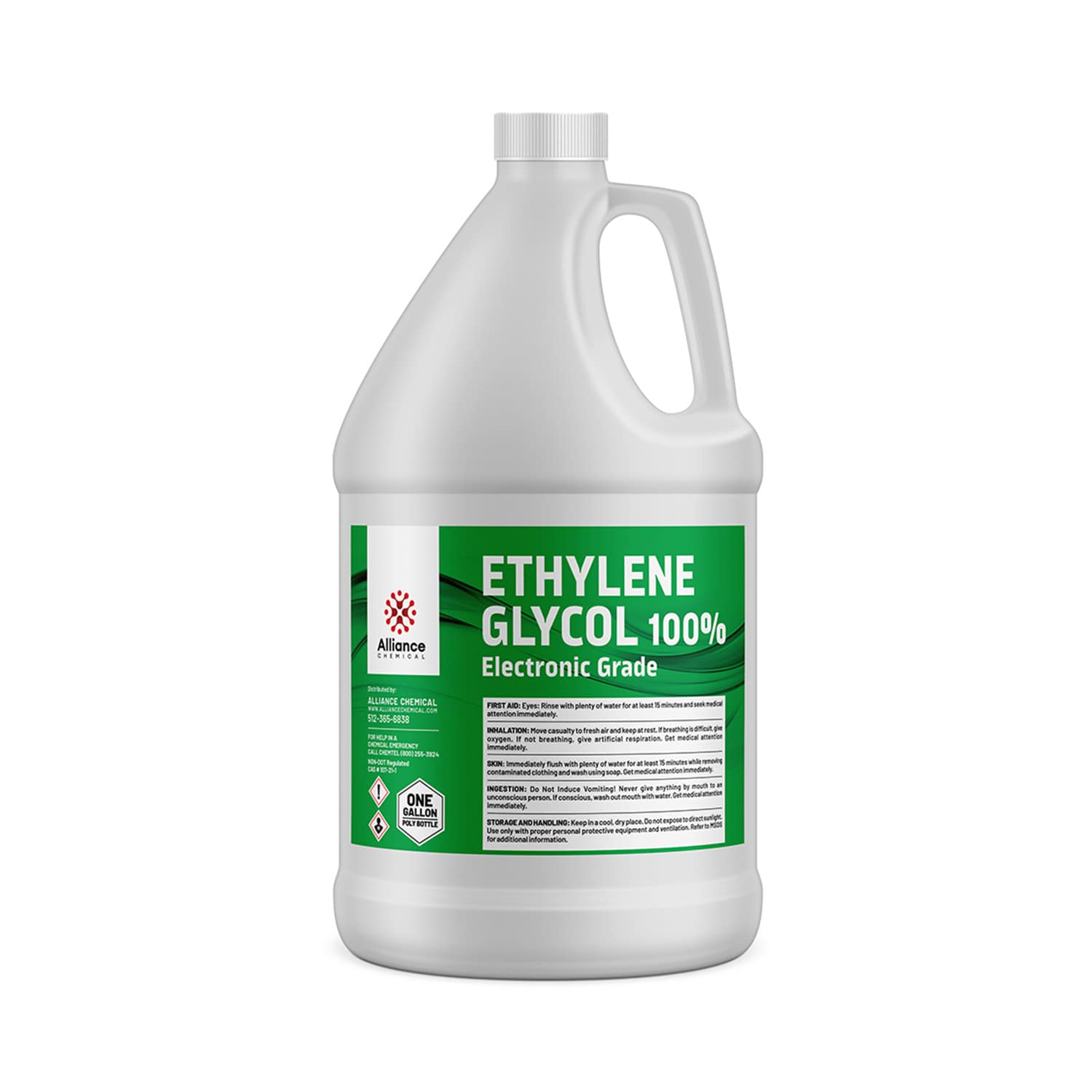- Welcome to Maham Company
PISHRO TEJARAT MAHAM
The Leading Company in manufacturing Perfume Products &
in the trade of all associated raw materials and components.
- Contact
+98-21-52888888
Contact Us
Welcome to our Pishro Tejarat Maham! We are always open to suggestions from our clients. You can visit us anytime or simply send us an email.
Factory
- Telephon :+98-21-52888888
- Email : info@maham-trading.com
- Postal Box : Postal Box : 1834179913
- No6, 8th Bahar St, Bu Ali Sina Bivd, Baharestan Blvd, Shams Abad Industrial Complex
Message
Pishro Tejarat Maham
The Search Box On Our Website Is A Powerful Tool That Allows You To Quickly And Easily Search For The Information You Want In All Texts And Different Sections Of The Site. Using This Search Box, You Will Be Able To Find Products, Internal Texts, Services And Detailed Information Throughout The Site.
Contact Us
Welcome to our Pishro Tejarat Maham! We are always open to suggestions from our clients. You can visit us anytime or simply send us an email.
Factory
- Telephon :+98-21-52888888
- Email : info@maham-trading.com
- Postal Box : Postal Box : 1834179913
- No6, 8th Bahar St, Bu Ali Sina Bivd, Baharestan Blvd, Shams Abad Industrial Complex
Message
Pishro Tejarat Maham
The Search Box On Our Website Is A Powerful Tool That Allows You To Quickly And Easily Search For The Information You Want In All Texts And Different Sections Of The Site. Using This Search Box, You Will Be Able To Find Products, Internal Texts, Services And Detailed Information Throughout The Site.

